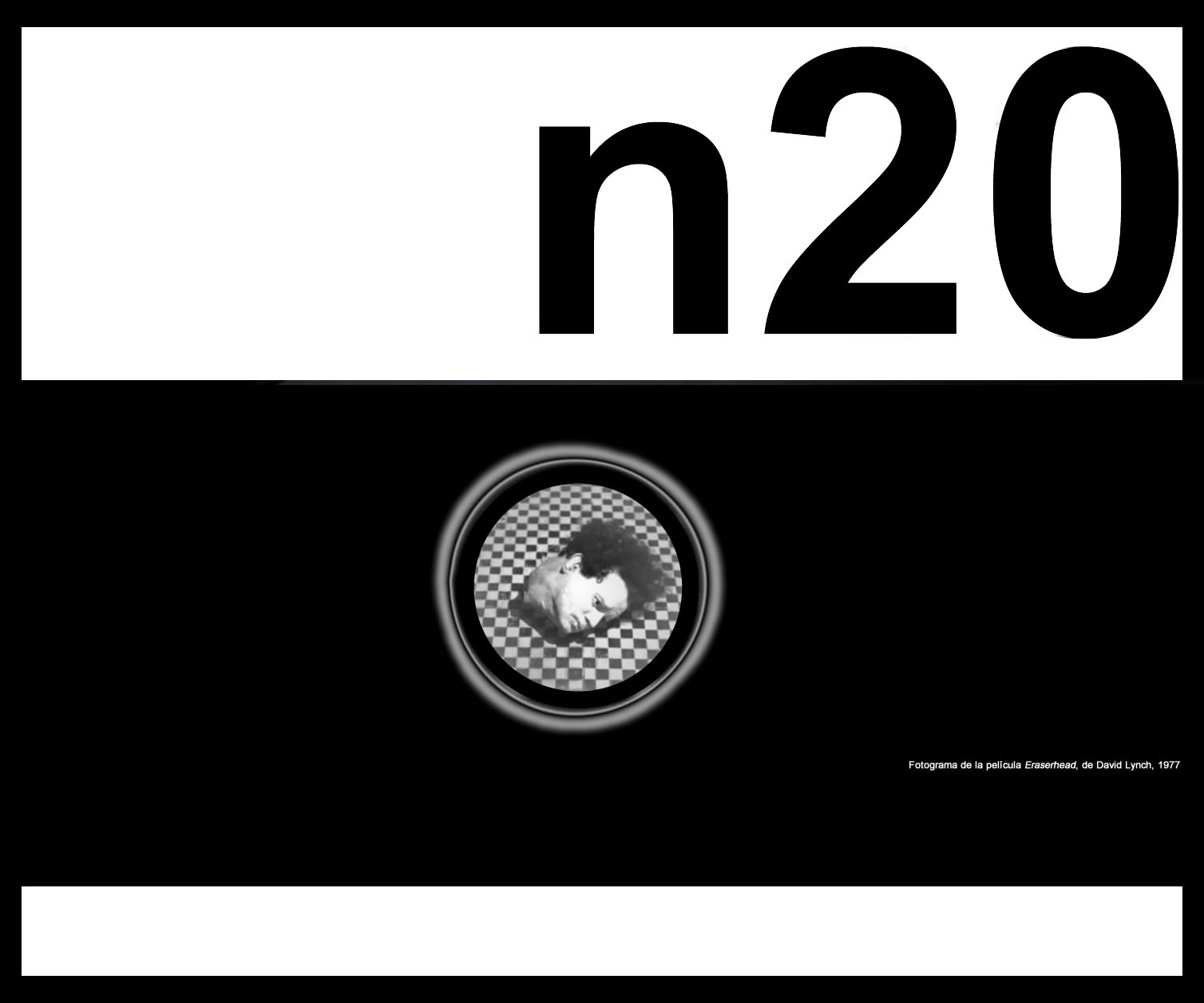Abstract
Silence is the primary memory. Or the primordial memory is a memory of silence. Anton Webern spoke of a «barely audible» music and Marina Tsvetaeva of a «music reduced to nothing». This music of silence, of audible silence, covers the late music of the German composer Bernd Alois Zimmermann: Stille und Umkehr (1970), Ekklesiastische Aktion (1970). These compositions respond to the strange voice or divine voice of negative theology through a deafening silence. Zimmermann carries out the rilkean «dies his own death» by committing suicide (cf. his Requiem für einen jungen Dichter, 1967-69) in the same year as Stille und Umkehr. The absolute kénōsis, the annihilatio and the exitus of this world, is the only way to access the primary memory of the origin, the return or reintegration into silence. Liberation without redemption possible. The scythe that cuts off the head of St. John (Mallarmé), is the one that the young Tsvetaeva, who put an end to her life, evokes in one line: «death will reap a head, mine».

This work is licensed under a Creative Commons Attribution-NonCommercial-ShareAlike 4.0 International License.
Copyright (c) 2020 Antoni Gonzalo Carbó
